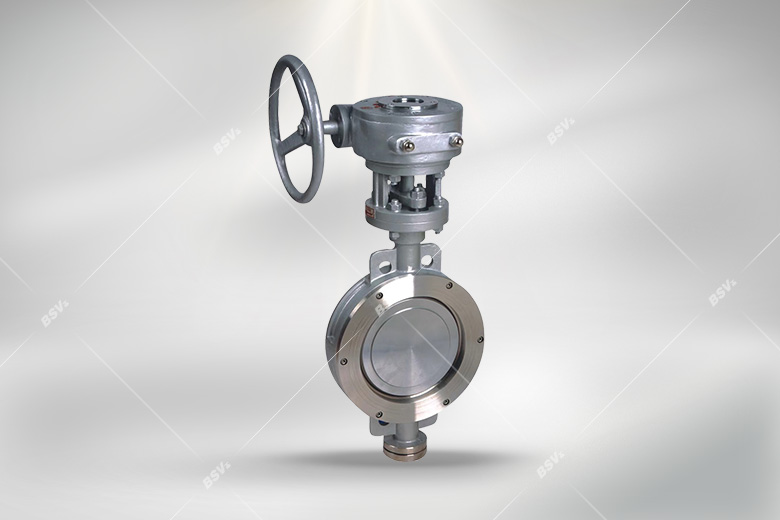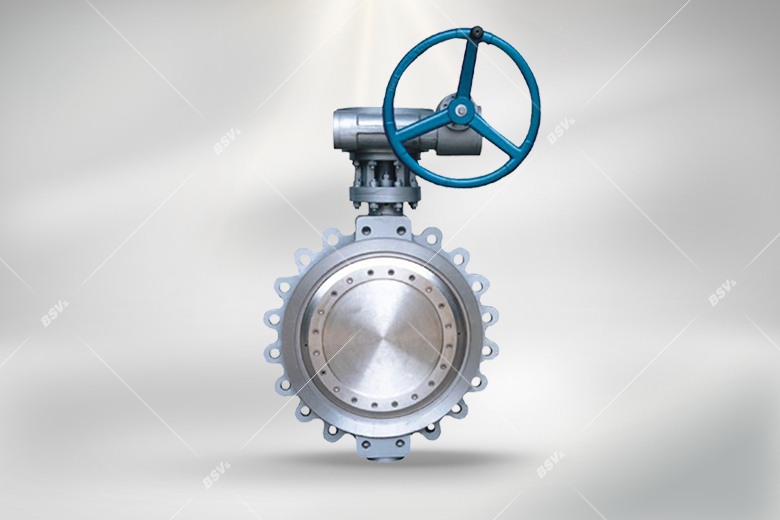Release time:2025-08-04Clicks:
Butterfly valves play a crucial role in regulating and isolating flow in diverse industrial applications. Among the various factors that influence their selection, pressure ratings stand out as a key consideration. At Lishui BSV Valves Supplier (BSV valves), we believe understanding Butterfly Valve pressure ratings is essential for engineers, procurement specialists, and maintenance teams alike. This article delves into what pressure ratings mean for Butterfly Valves, how they’re determined, and what industry trends are shaping their use in modern systems.
Pressure rating is a fundamental specification that indicates the maximum pressure a butterfly valve can safely withstand under specified conditions. It’s typically expressed in pounds per square inch (psi), bar, or class (such as Class 150, 300, etc.). The pressure rating ensures the valve’s structural integrity and sealing performance during operation.
For example, a butterfly valve with a pressure rating of 150 psi can handle a maximum pressure of 150 pounds per square inch. Exceeding this limit may result in leakage, mechanical failure, or even catastrophic rupture. Therefore, selecting the correct pressure rating is vital for safety and efficiency.

Butterfly valve pressure ratings are determined based on several factors:
At BSV valves, each product undergoes rigorous testing to ensure it meets or exceeds industry standards for pressure and temperature. We adhere to international norms such as API, ASME, and ISO to guarantee reliability in demanding environments.
Butterfly valves come in several designs, each with its own pressure rating range. The most common types include:
Choosing the right type depends on the application’s pressure, temperature, and media requirements. BSV valves offers a full range of butterfly valves tailored to various industries, including water treatment, power generation, and chemical processing.
The butterfly valve industry is evolving rapidly, influenced by trends such as automation and sustainability. Automated butterfly valves, equipped with electric or pneumatic actuators, are increasingly adopted for remote control and process optimization. These actuators must be compatible with the valve’s pressure rating to ensure safe operation under all conditions.
Sustainability is another key driver. Modern butterfly valves are designed for minimal leakage and long service life, reducing maintenance needs and environmental impact. At BSV valves, we prioritize eco-friendly manufacturing and the use of recyclable materials, aligning our products with global sustainability goals.
Different industries impose unique demands on butterfly valves. For instance, in the oil and gas sector, valves must withstand high pressures and corrosive media, necessitating robust designs and precise pressure ratings. Similarly, in water treatment plants, butterfly valves are chosen for their ability to handle fluctuating pressures and ensure reliable isolation without compromising water quality.
BSV valves has extensive experience supplying butterfly valves to both these sectors. Our engineering team works closely with clients to specify valves that not only meet pressure requirements but also offer optimal performance and longevity.
| Standard | Typical Pressure Classes |
|---|---|
| ANSI/ASME | Class 150, 300, 600 |
| PN (EN/ISO) | PN10, PN16, PN25, PN40 |
| JIS | 10K, 16K, 20K |
Understanding these standards is crucial for global projects, as compatibility with local regulations and system designs is non-negotiable.

BSV valves provides technical support and customization services to help customers select the ideal butterfly valve for their needs, ensuring both safety and cost-effectiveness.
Understanding butterfly valve pressure ratings is essential for safe and efficient system design. By considering factors such as material, temperature, and industry standards, you can select valves that deliver optimal performance and longevity. Lishui BSV Valves Supplier is committed to providing high-quality, reliable butterfly valves for a wide range of industries. Whether you’re in oil and gas, water treatment, or any other sector, our expertise and product range ensure you get the best solution for your application.
Contact BSV valves today to discuss your requirements or to learn more about our comprehensive range of butterfly valves and industry-leading support.